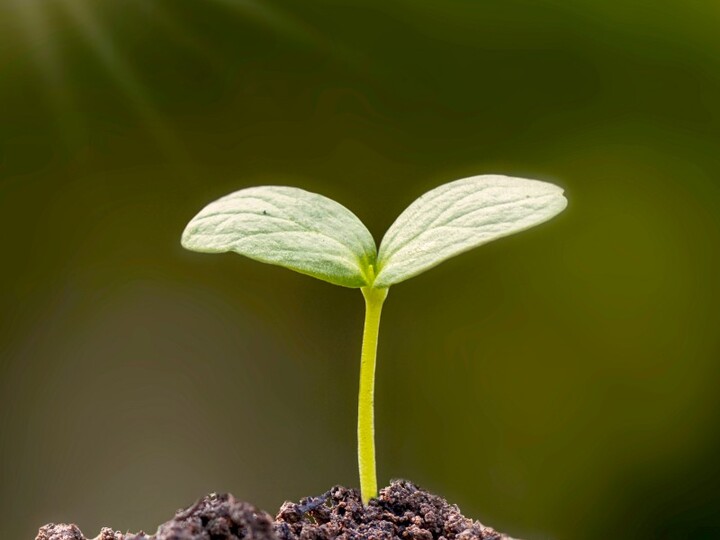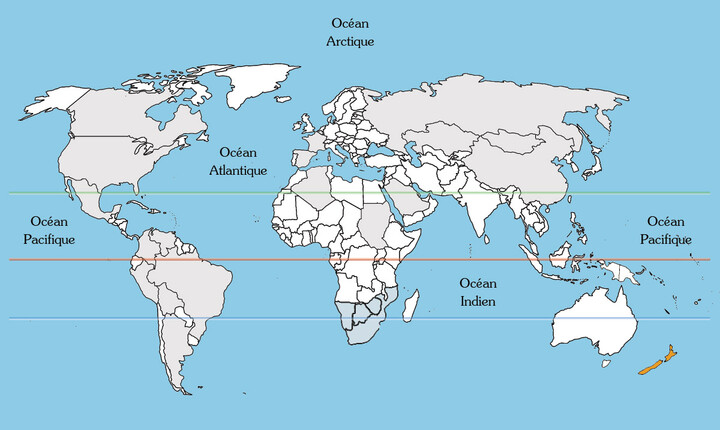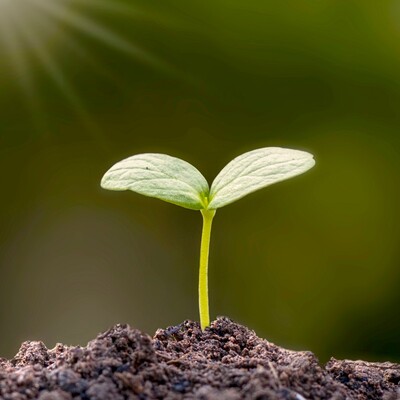Phormium (New Zealand Flax)
Presentation
An exotic holiday that won’t break the bank!
Let’s continue our voyage to the South Pacific, from the peace and comfort of the Var area, French Riviera-Côte d’Azur and welcome shade of our tree-lined, four-star campsite Les Jardins de La Pascalinette ®. Today, we’re looking at New Zealand Flax.
With its tuft of green and yellow variegated leaves, the New Zealand Flax closely resembles the American agave. Its long leaves are lightly tinted with blue, bronze and pink, lending its foliage a spectacular appearance.
Its vernacular (common name) is “Flax”: the Māori people used to use Phormiumin the same way we use it in the West, i.e. for the manufacture of ropes, clothes, baskets, etc.
In its natural environment, Phormium thrives mainly in marshy areas. In Europe, it is grown for decorative purposes and its evergreen leaves. It is perfectly adapted to the Mediterranean climate as it resists sea spray – an ideal choice for our seaside campsite! 😉
A hardy and attractive indigenous plant
New Zealand Flax leaves vary in colour from dark green to bronze and even reddish, adding diversity and visual interest to any garden.
In summer, the plant produces colourful, tubular flowers that attract pollinators such as bees and birds, making it the ideal partner to out LPO (Bird Protection League) nature campsite!
Identity
| Latin name : | Phormium tenax variegatum |
|---|---|
| Family : | xanthorrhoeaceae |
| Genus : | phormium |
| Species : | tenax |
| Color : | Variegated green, yellow or bronze foliage. |
| Subspecies : | variegatum |
| Origin : | New Zealand |
| Foliage : | Evergreen |
| Port : | Perennial |
| Height : | 2,5 m |
| Flowering : | July-August |
| Location : | You'll find New Zealand Flax on Place de la Pascalinette, near the pétanque courts (nr. 1 on the botanical footpath plan). |
Did you know?
Referred to as "Harakeke" in Māori, this plant is famed for its long, stiff, narrow leaves, forming a sturdy and attractive tuft.



